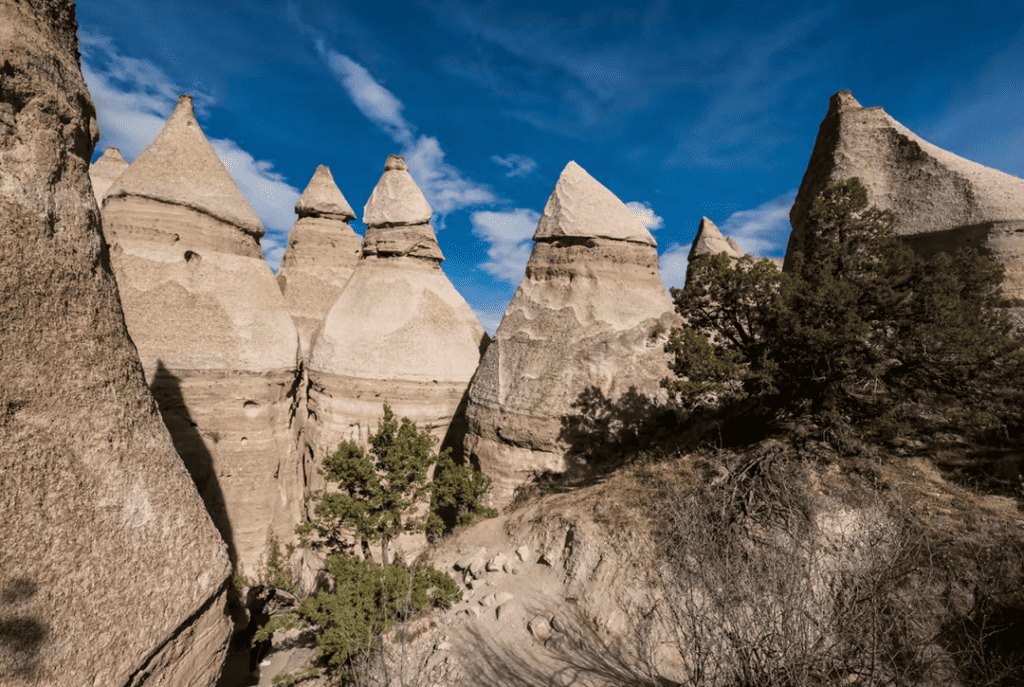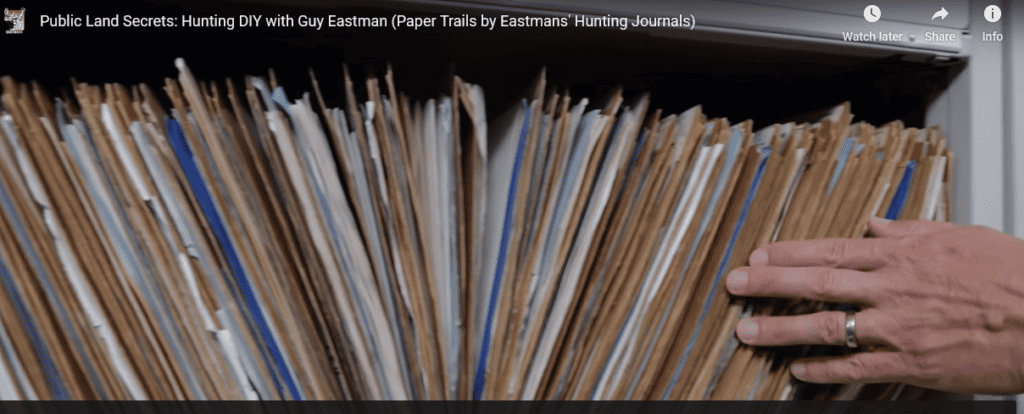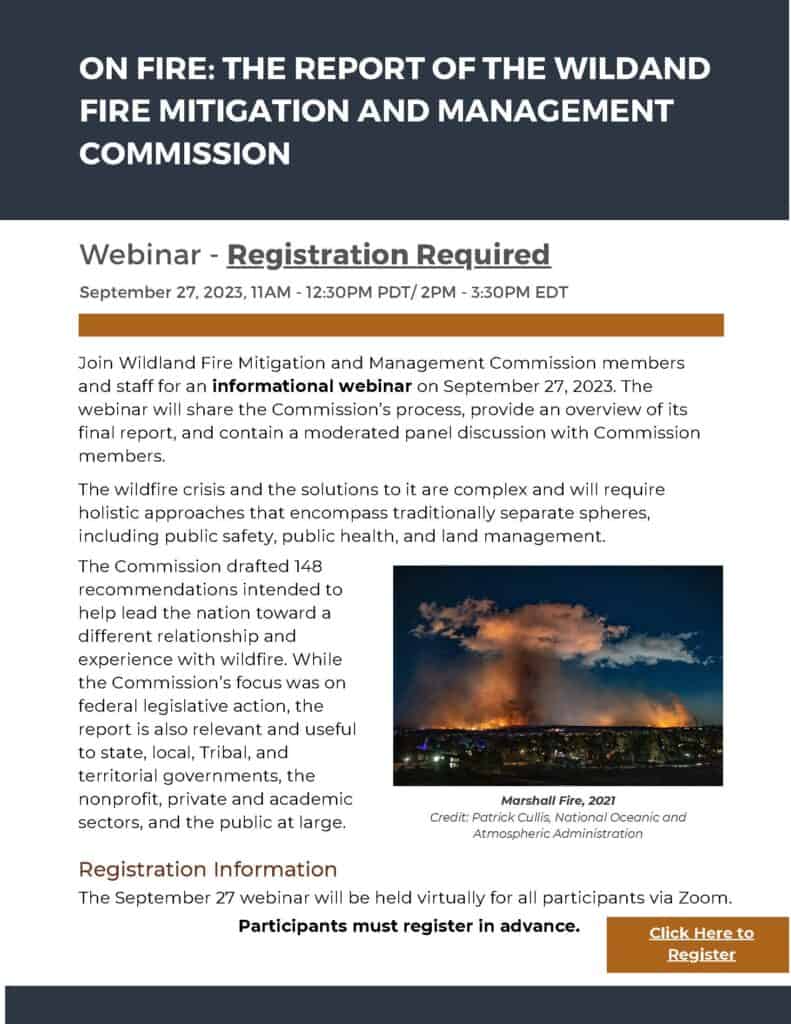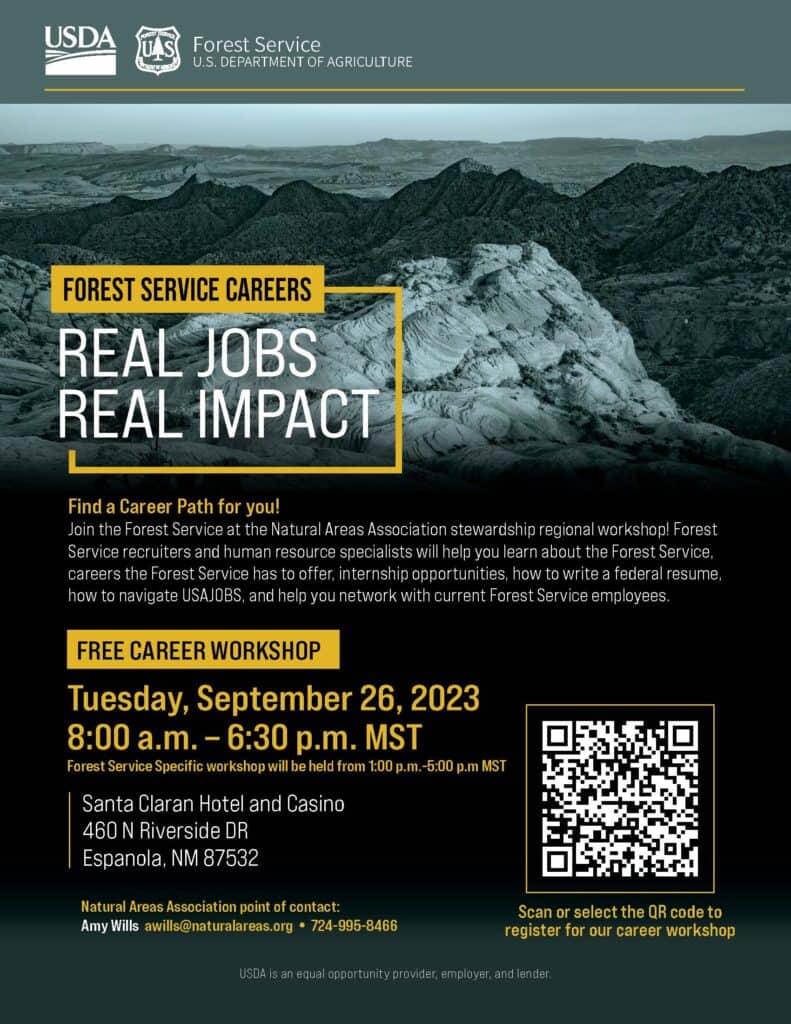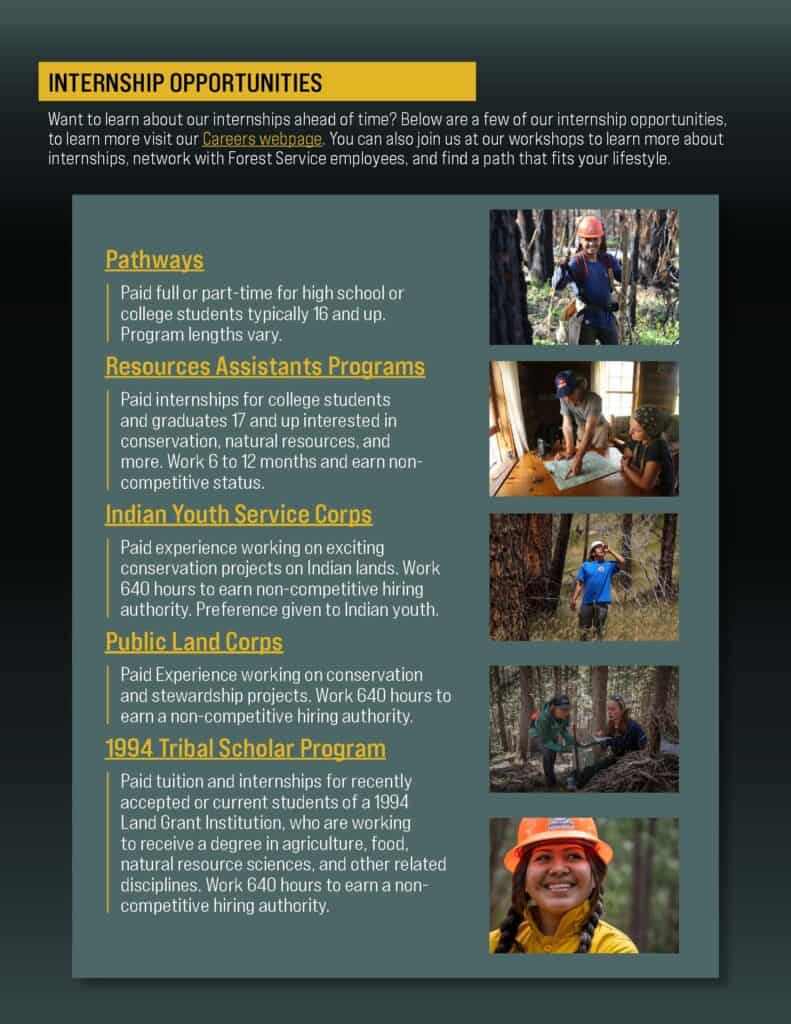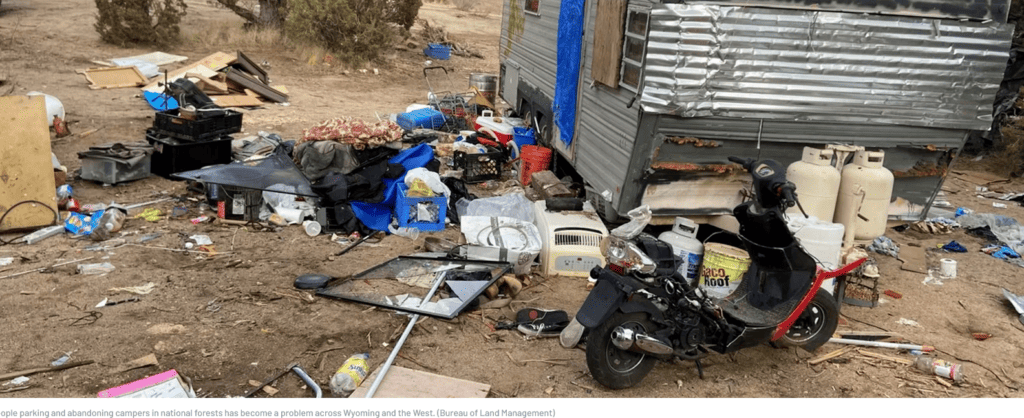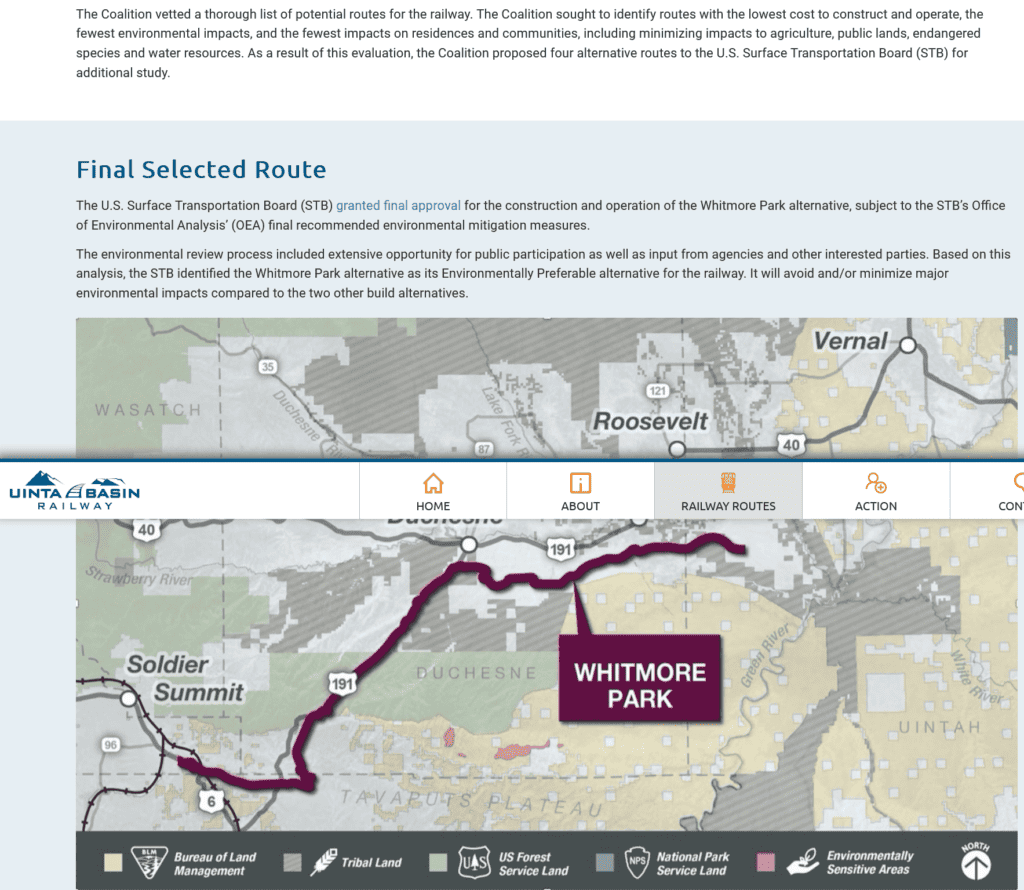
What’s interesting to me about this NY Times story is that discussion of adaptation.. most notably, in this case, fire suppression.. is completely missing when discussing bad potential future outcomes. Nothing against reporters.. not having specialists who understand complex topics is a business decision of the Times.
Dr. Hodges, a conservation ecologist at the University of British Columbia Okanagan, also found herself worried about wildlife. She had been studying some Western screech owls that had been nesting in the heart of the fast-moving inferno. “That speed of fire would be difficult for animals to evacuate in front of,” she said. Had the owls escaped in time? And after Canada’s worst wildfire season on record, what would be left for the survivors?
Fire is a natural phenomenon; some species actually benefit from its effects and even those that don’t can be remarkably resilient in the face of flames. But as fires intensify, they are beginning to outstrip nature’s ability to bounce back. “Not all fires have the same impact,” said Morgan Tingley, an ecologist at the University of California, Los Angeles. “These megafires are not good for ecosystems.”
Megafires, which dwarf typical wildfires in size, have an immediate ecological toll, killing individual plants and animals that might have survived more contained blazes. In the longer term, changing fire patterns could drive some species out of existence, transform landscapes and utterly remake ecosystems.
Not that long ago, fires were thought to be good and natural. Fish in streams which had died off would come back, and trees regrow on their own time and so on. And smoke was not studied as a problem.
But now we have “megafires” from climate change (and other causes) which are bad. Because they are larger? But of course fires are larger, since suppression folks are building big boxes where possible and using wildfire for resource benefits.
So there’s the acres burned (function of “some unable to suppress, plus some WFU”), severity (function of fuel loads onsite plus fire attributes). Then there’s windspeed, which likely differs by day. The more human-caused ignitions, the greater the change one will take off on a high-wind day. Which is not to say that climate change doesn’t have an impact.. but other factors include difficulty in finding and keeping fire workers ..by paying them (!)and a variety of others.
Plus there is the great incursion of the Military Industrial complex into the wildfire space, on the basis of being able to put fires out more quickly.
Globally, the risk of catastrophic fires could increase by more than 50 percent by the end of the century, the United Nations reported.
It could of course.. or it could decrease by 50%, depending on your assumptions about the success of new technologies. Or if countries around the world decided to not pay firefighters appropriately…
This discussion seems to argue that the sand racer is capable of adapting to wildfire as a species, or perhaps is implying that things will be messed up if fire happens where it did not formerly happen. But did it “not formerly happen” due to suppression or other human factors? Isn’t evolution a process that should be allowed to work? Or can’t be stopped from working when environments change for whatever reason.
The Algerian sand racer, a Mediterranean lizard, lives in a variety of habitats, only some of which experience frequent fires. In a 2021 study, researchers found that lizards collected from fire-prone sites reacted quickly to the smell of smoke, flicking their tongues and running around their terrariums. “In places where fire is not a common threat, lizards did nothing,” said Lola Álvarez-Ruiz, a biologist at the Desertification Research Center in Spain, who conducted the study.
*******
Fires that consume more fuel may also produce more smoke per unit of area burned, threatening animals far from the flames.“All air-breathing animals are going to be impacted by smoke exposure, because the chemicals in smoke are toxic,” said Olivia Sanderfoot, an ecologist at the University of California, Los Angeles.Smoke inhalation can do more than cause respiratory problems. For months after severe peatland fires produced record air pollution in Indonesia in 2015, Bornean orangutans vocalized less frequently and their voices became harsher.
But if you have lots of material on the ground to be consumed, then what else can you do besides burn it (note “more smoke per unit area”)? Maybe haul some to a sawmill to reduce fuels?
“You could walk half a mile, and you wouldn’t see a single living tree,” said Andrew Stillman, an ecologist at the Cornell Lab of Ornithology. “Increasingly, these fires seem to create habitat conditions that are outside of the norms that these species are adapted to.”
This seems to be an argument that large treeless acreages after wildfire are more common now than before- however for much of history we didn’t have satellite imagery. But I think what’s interesting about this is the idea of “what species are adapted to.” How long does it take for adaptation to occur? Generations are different lengths of time in different species. I think the fear may be that conditions have changed enough that current species will be unable to adapt.
That may be true even for fire-loving animals, like the black-backed woodpecker. The birds nest in scorched trees and feed on the beetle larvae that colonize the charred trunks. But they prefer patches of burned trees that are near stands of leafy, living ones, which protect their fledglings from being picked off by predators, Dr. Stillman and Dr. Tingley, of U.C.L.A., found.
After the enormous Rim fire in California in 2013, scientists searched for the woodpeckers at nearly 500 sites across the expansive burn scar. They found just six birds. “Even though it had created all this great burned habitat, it wasn’t the right kind of burned habitat,” Dr. Tingley said.
Fewer clusters of living trees can also reduce regrowth. “In many places, we’re not getting regeneration because the seed source is lost,” said Mr. French, of the National Forest System. “It honestly looks like someone went in and just set off a bomb.”
In dry areas, even before climate change was thought to be a thing, we were aware that some tree species can have trouble regenerating without help. We developed and adopted the primitive technologies known at the time as “collecting seed from appropriate sources,” “planting trees” and “protecting seedlings’ which seems to be coming into vogue again.
Scorched, vegetation-less soil, which does not absorb rain well, can also hamper regeneration. Flash flooding after fires can wash ash and sediment into rivers and streams, polluting the water, killing fish and reshaping waterways.
After the Rodeo-Chediski fire in Arizona in 2002, repeated flooding washed away fertile soils that had taken more than 8,000 years to develop. “That has cascading impacts on the kind of plants that can grow,” said Jonathan Long, an ecologist at the U.S. Forest Service, who conducted the research.
What’s particularly interesting about the way that this is reported is that if you click on the link, the study says..
the second site, Swamp Spring, was treated in 2005 by placing large rock riffle formations and vegetation transplants to prevent further incision and stimulate wetland development. The treatment was soon followed by cessation of channel incision and reestablishment of native wetland vegetation, while headcutting caused extensive erosion at the untreated site for eight years.
The theme of this piece seems to be that “scientists (var. ecologists) tell us really bad things may happen more in the future, if we don’t do anything like fire suppression, tree planting, or wetland restoration.” This is actually not all that unusual, either for reporting or for scientific papers.
